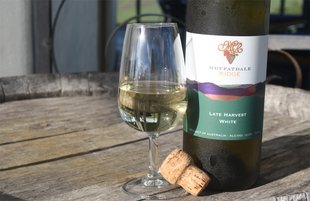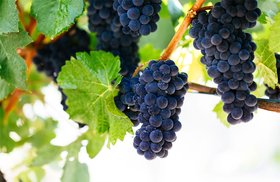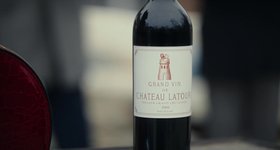What Is Late Harvest Wine? (Types, 10 Best Bottles, Grapes Used)
Late harvest wine is typically a dessert wine known for its sweetness and lush nectar-like flavors. It’s made from grapes that are left on the vines beyond their usual harvest season.
Let’s explore late harvest wine in detail - the various types, their investment potential, food pairing, and 10 best bottles in 2022.
Further reading
- Find out all about Sweet Wines, the different types, how they’re made, food pairing, and 10 best bottles.
- Also, explore different Dessert Wine styles and how to serve them.
3 Types Of Late Harvest Wines
Based on how they are produced, late harvest wines can be broadly categorized into three types:
1. Noble Rot Wines (Botrytized wines)
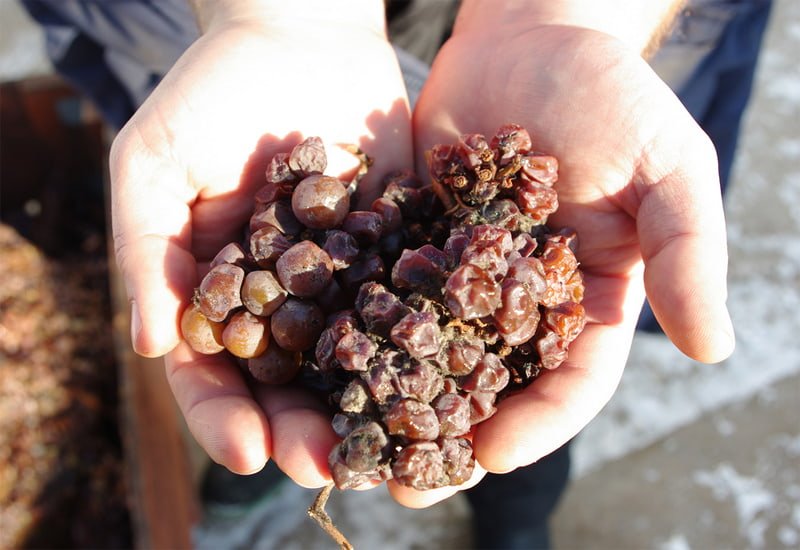
These wines are made with overripe grapes affected with the botrytis cinerea fungus.
The fungus causes the grapes to shrivel or ‘rot,’ reducing their water content, concentrating the grape juice, and increasing its sweetness. As a result, a larger quantity grapes are required to produce noble rot wines.
The resulting wine is expectedly sweet and dense, perfect to pair with a dessert.
Some of the most famous noble rot wines include:
Some of these wines, especially those from France, can have an alcohol content of 11%-13%.
2. Ice Wine (Eiswein)
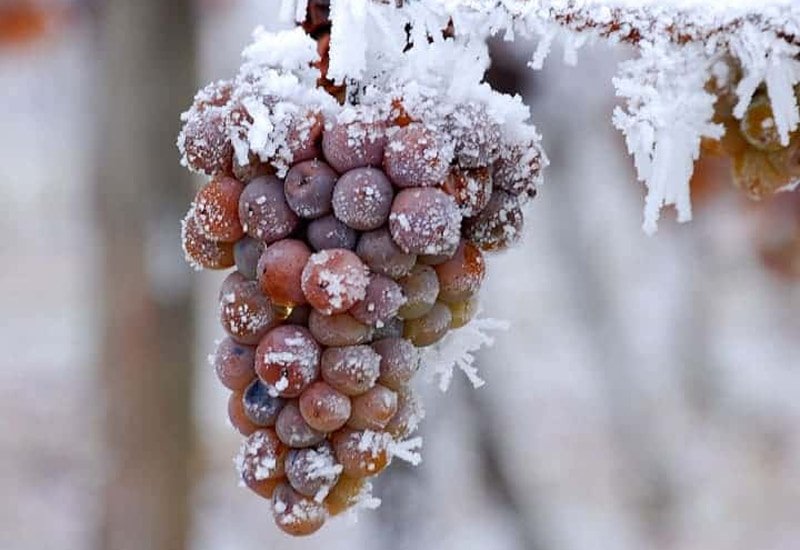
Ice wine is a specialty wine made by grapes allowed to freeze on the vines. Freezing saturates the grape’s sugar level and other polyphenol compounds.
Upon harvest, the grapes are de-stemmed and pressed while still frozen. Since the sugar content is high, not all of it is converted to alcohol during fermentation. As a result, ice wines typically have less than 12% alcohol.
This style of wine originated in Germany and is popular in colder wine regions like Canada and Austria.
3. Raisin Wine
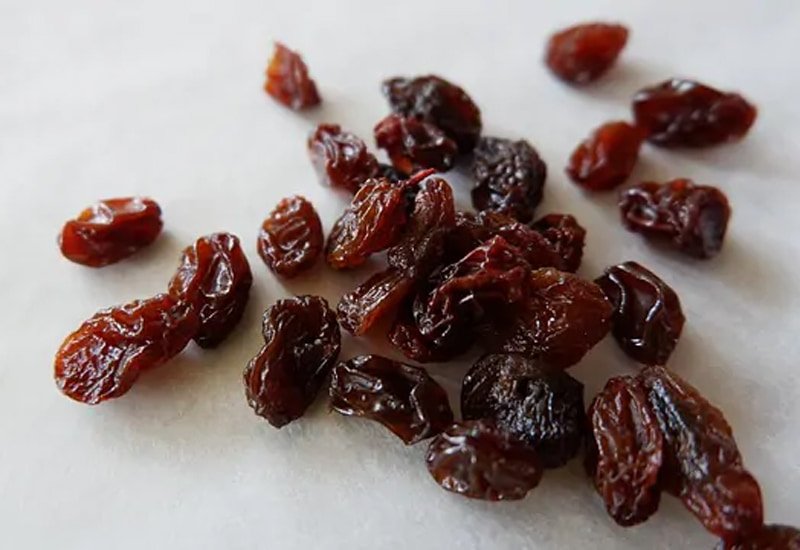
Late harvest raisin wine is made from grapes that are left on the vine to dry in the sun. The process dries out the moisture from the fruit, turning it into raisins.
This winemaking style extracts entirely new flavors from the grapes. It’s usually made with Moscato grapes in Italy.
Popular Grape Varieties Used To Make Late Harvest Wine
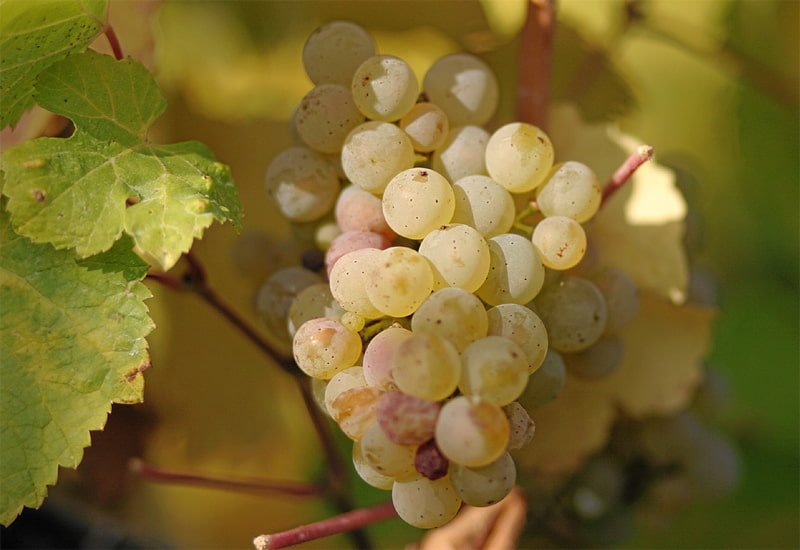
While any wine grape can be harvested late in the season, producers tend to choose some varieties over others, due to their ability to produce high-quality late harvest wines.
Here are some of the most common grapes used for making late harvest wines and the associated wine styles:
- Riesling: The high acidity in the Riesling grape makes it perfect for a late harvest since the fruit loses its acidity as it hangs on the vine.
In Germany, the late harvest Riesling wines are labeled as Spätlese, while in France, its produced as Vendange tardive (VT).
- Moscato: In Italy, wineries use the passito or Vino Santo method to make late harvest Moscato wines, whereas, in the Greek island of Samos, it’s produced as ‘Muscat of Samos’, known for its floral nuances.
- Vidal Blanc: This thick-skinned and frost-resistant white wine grape thrives in cold-weather conditions of Canada and North America and is typically used for making ice wines.
- Sauvignon Blanc: In France, late harvest Sauvignon Blanc and Sémillon grapes are blended to produce Sauternais wines.
So which late harvest wine bottles should you get in 2022?
10 Best Late Harvest Wine Bottles to Buy in 2022
Here are our picks for the 10 best late harvest wines:
- 1959 Egon Muller Scharzhofberger Riesling, Mosel, Germany
- 1959 Joh. Jos. Prum Wehlener Sonnenuhr Riesling, Mosel, Germany
- 2008 Royal Tokaji Essencia, Tokaj, Hungary
- 2015 Chateau d'Yquem, Sauternes, France
- 2020 Egon Muller Scharzhofberger Riesling Spatlese
- 2018 Peller Estates Signature Series Vidal Blanc Icewine
- 2011 Chateau Climens, Sauternes - Barsac, France
- 1994 Grgich Hills Estate Violetta Late Harvest
- 2008 Royal Tokaji Aszu 5 Puttonyos, Tokaj, Hungary
- 2014 Castello Banfi Florus Moscadello di Montalcino Late Harvest, Tuscany, Italy
1. 1959 Egon Muller Scharzhofberger Riesling, Mosel, Germany ($33,505)

This late harvest Riesling has caramel and stone fruit notes. Crisp acidity and a distinctive minerality make this sweet wine truly unforgettable.
2. 1959 Joh. Jos. Prum Wehlener Sonnenuhr Riesling, Mosel, Germany ($7,965)

Made from fine Riesling grapes, this German wine will delight you with its perfectly intact acidity and delicious citrus fruit notes.
3. 2008 Royal Tokaji Essencia, Tokaj, Hungary ($1,498)

Made from the finest late harvest grapes, this iconic Hungarian wine has a lovely aroma of honey and spices.
4. 2015 Chateau d'Yquem, Sauternes, France ($448)
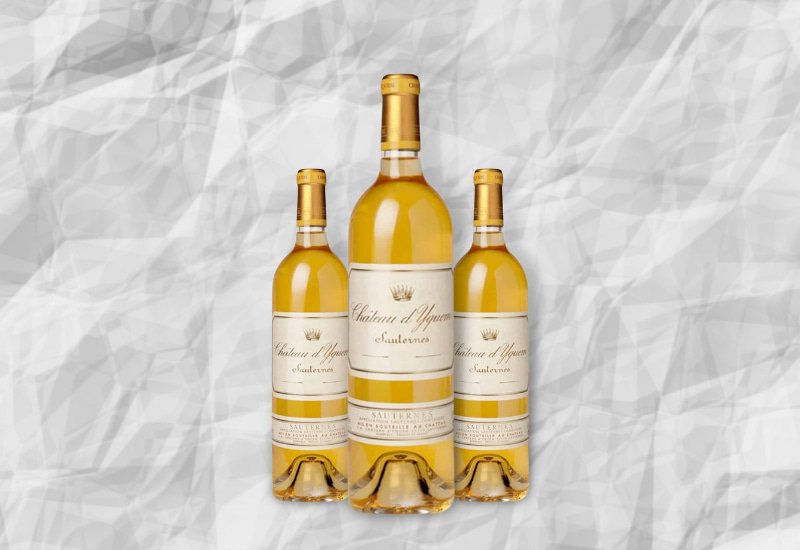
This white wine has a stunning bouquet of fresh fruit and floral notes on the palate. And with around 145 grams of residual sugar in a liter, it’s a treat for dessert wine lovers.
5. 2020 Egon Muller Scharzhofberger Riesling Spatlese ($249)
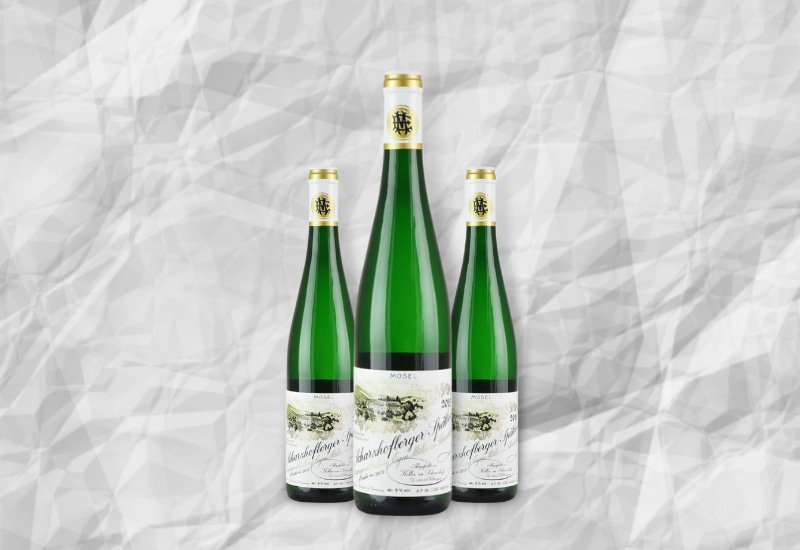
This elegant sweet wine has an interplay of mineral and fruit notes, creating intense freshness.
6. 2018 Peller Estates Signature Series Vidal Blanc Icewine ($104)
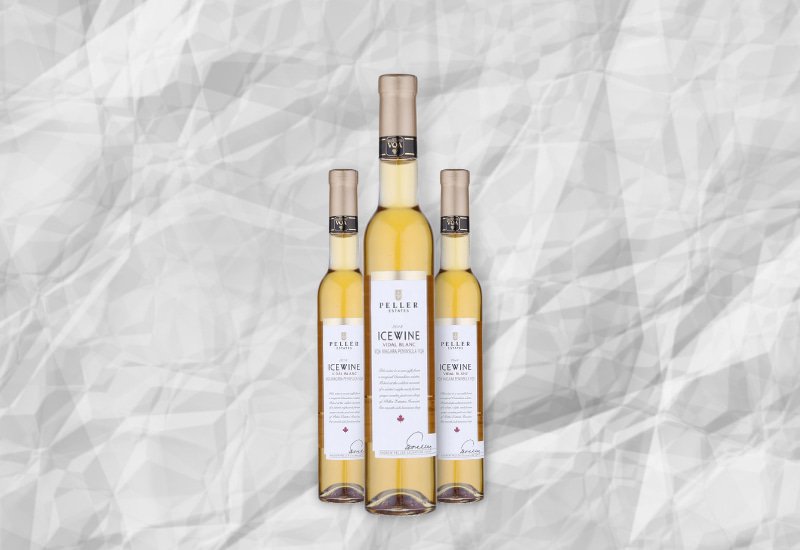
Made from naturally frozen grapes, this white wine will liven you up with crisp acidity, fresh fruit flavor, and sweetness to match.
7. 2011 Chateau Climens, Sauternes - Barsac, France ($107)

Rated at 97 points by Wine Spectator, this dry wine exudes an aroma of peach and honey, with vibrant acidity to finish.
8. 1994 Grgich Hills Estate Violetta Late Harvest ($219)

This lush dessert wine has incredible depth with prominent notes of dried fruits and honey.
9. 2008 Royal Tokaji Aszu 5 Puttonyos, Tokaj, Hungary ($92)

This delicious and syrupy wine has caramel, botrytis, and candied apricot notes, with a hint of spices in the long finish.
10. 2014 Castello Banfi Florus Moscadello di Montalcino Late Harvest, Tuscany, Italy ($45)
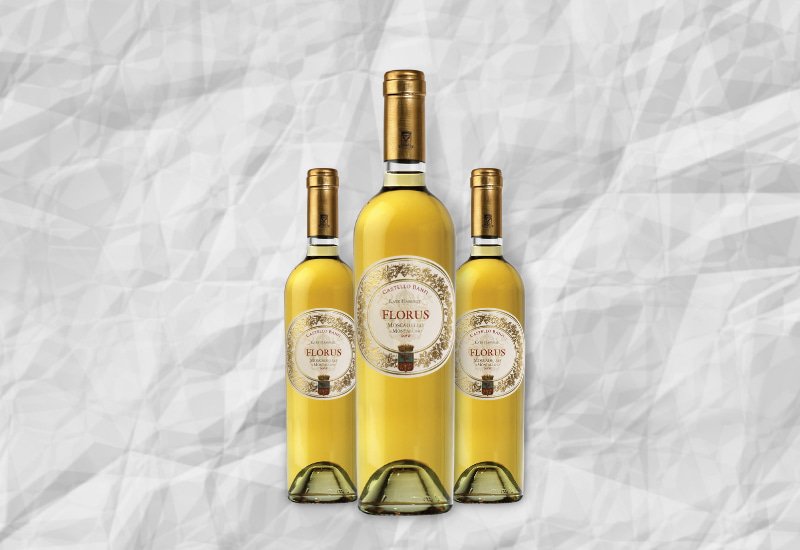
This exotic raisin wine will leave you with lingering flavors of dried fruits, honey, and apricot.
How To Serve Late Harvest Wines?
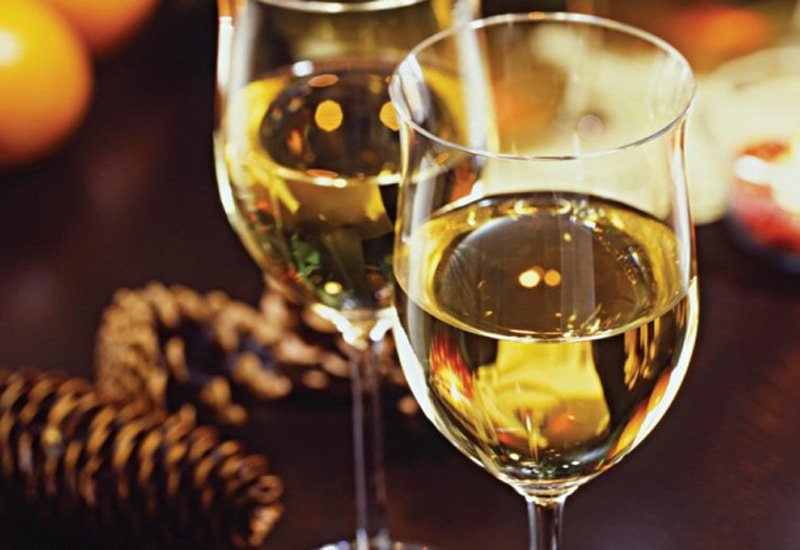
You should serve late harvest wine cold (7ºC–13ºC), ideally in a dessert wine glass.
Since these are sweet alcoholic beverages, it’s best to pour them with food that matches their sweetness level like creme brulee, cheesecake, and cookies, as well as pungent cheeses.
Sweet Riesling wines are known to pair well with Belgium chocolates.
Should You Invest in Late Harvest Wines?
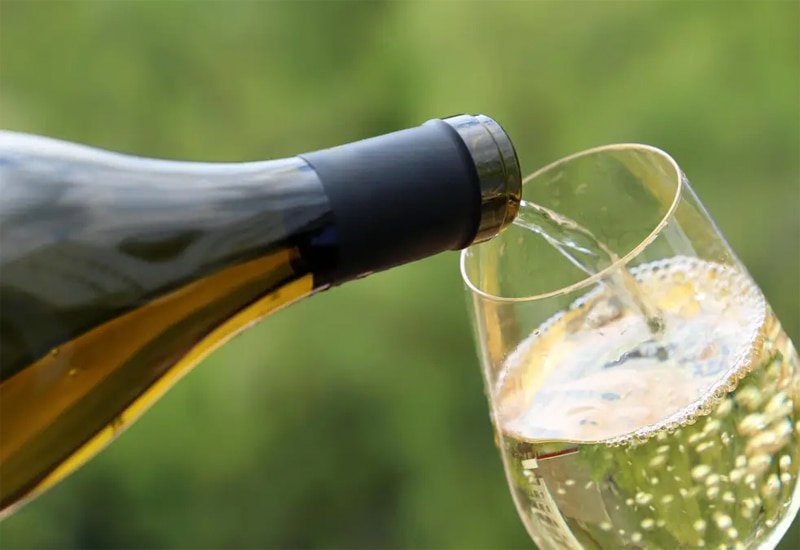
The high residual sugar in late harvest wines acts as a preservative, allowing you to cellar these fine bottles for 50–80 years.
The labor-intensive winemaking process for late harvest wines has a minimal margin for error. This results in a low yield, increasing their demand and prices. In fact, some of the most expensive white wines out there are ones made from late harvest grapes.
Late harvest wines also perform well at auctions:
- At a 2016 auction at Christie’s, a magnum bottle of the iconic 2005 Egon Muller Scharzhofberger Riesling was sold for $9,800.
- At a 2006 auction, a bottle of the 1787 vintage Chateau d'Yquem fetched over $100,000.
If you’re keen to add a rare late harvest wine to your collection, head over to a genuine wine investment platform like Vinovest. It lets you buy, store and sell fine wines with just a few clicks.
Invest in a Splendid Late Harvest Wine!
Their heavenly sweetness and sumptuous flavors make late harvest wines a resounding hit among wine lovers. And not to forget, they are highly collectible wines due to their brilliant aging and investment potential.

Visit the Vinovest website to add a fine late harvest bottle to your wine investment portfolio right away.
